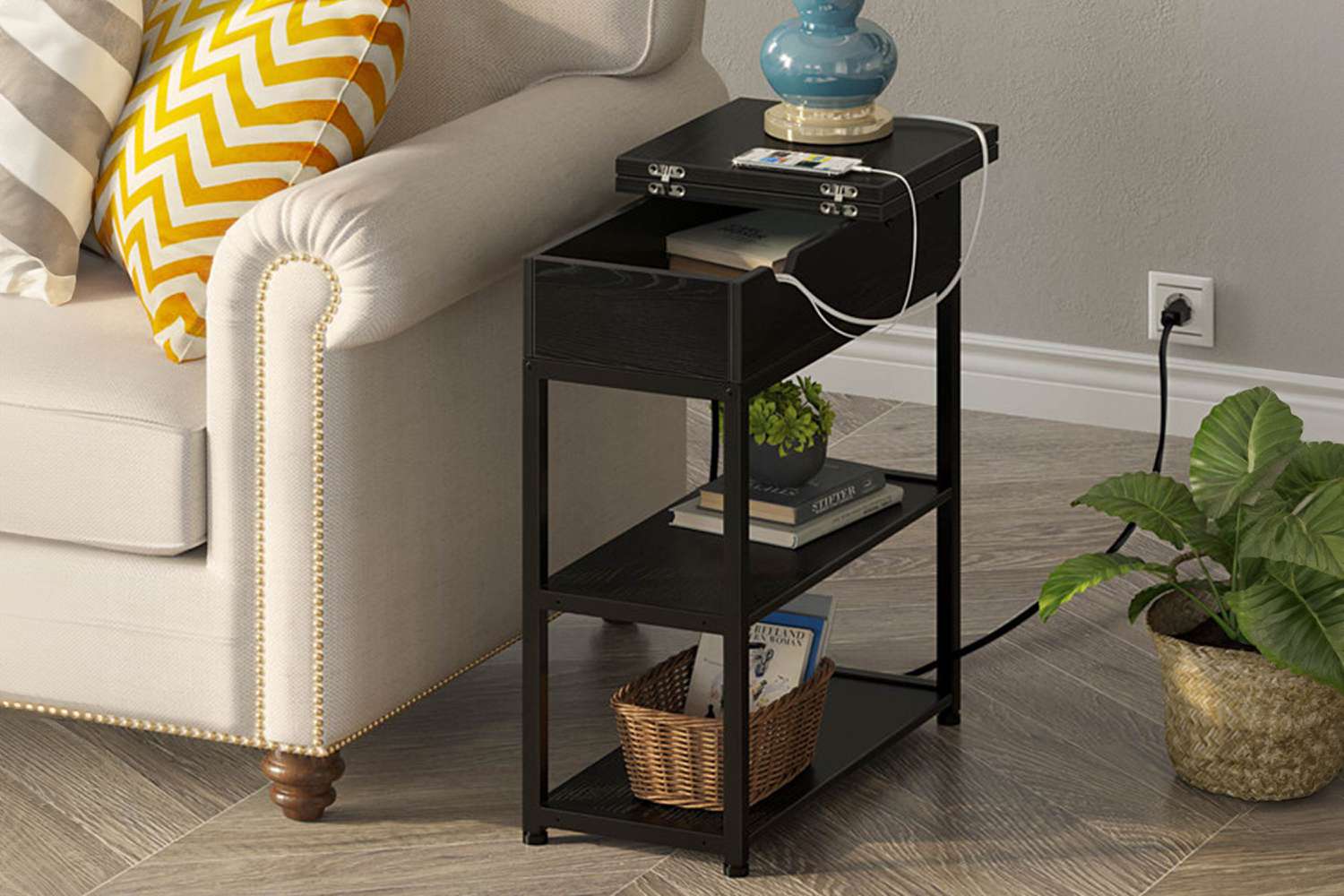Why You Shouldn’t Repot Houseplants in Winter (Plus 6 Times It’s Actually the Best Thing to Do)
:max_bytes(150000):strip_icc():format(jpeg)/GettyImages-1461268843-a0b04d44baee41f5899eae5bb82ae444.jpg)
You may have heard that houseplants should never be repotted during the winter. But while repotting plants in wintertime is less than ideal, it may be necessary in certain circumstances. Whether you’re concerned about root issues, or you simply want to give your houseplants roomier pots, here’s how to tell if your plants need repotting in winter, plus tips to reduce a recently repotted plant’s stress during the colder months.
Repotting Houseplants in Winter
In general, winter is not the best season for repotting. During this time of the year, the days are shorter and plants naturally receive less light, which slows their growth and reduces the need for repotting. On top of that, many houseplants are semi-dormant through winter, and repotting them at this time can increase the chances of plant stress and overwatering.
If possible, it’s best to wait until spring to do your repotting since plants grow faster at this time of year and should adapt to their new pots more readily. However, if your houseplants are struggling due to stress, pests, or other issues, it’s okay to repot plants in winter too.
Reasons to Repot in Winter
Repotting a houseplant in winter may be necessary if the plant is showing signs of stress. To help you decide whether your plant needs a new pot or not, here are some signs that winter repotting may be in order:
- Rootbound roots. Overgrown roots may emerge above the soil line, poke through the drainage holes in your plant’s pot, or tightly encircle the pot’s interior. Circling roots make it harder for potted plants to absorb water and are a sure sign that repotting is needed.
- Stunted growth. Undersized pots restrict roots and can cause stunted growth. However, slowed growth isn’t always problematic and plants naturally grow slower in winter.
- Root rot. If your plant’s roots or stems are mushy and smelly, your plant may be affected by root rot. This occurs when plants are overwatered and may require repotting in severe cases.
- Broken pot. Of course, if your plant’s pot breaks, it’s definitely time for a new pot.
- Pests. Most houseplant pests can be managed with organic insecticidal soap sprays. But if your plant is badly infested with pests, you may want to repot your plant into fresh soil to reduce pests and their eggs. This can be especially effective for dealing with fungus gnats.
- Poor drainage. Potting soil degrades over time and can become overly compact. If water runs straight through your plant’s pot or the potting soil cracks and shrinks away from the pot’s sides, it may be time to repot your plant into fresh soil.
How to Repot Plants in Winter
During the warmer months, repotting houseplants outdoors helps avoid messy potting mix spills. But in winter, it’s best to repot houseplants indoors because tropical plants can be sensitive to even short periods of cold exposure. If you’re worried about the mess, lay some newspaper over your repotting area before you get started.
Step 1: Choose the Right Growing Container
If you’re repotting houseplants due to root rot or pest issues, you can reuse your old pots as long as you clean and sterilize them first. However, if your plant needs an larger pot, choose a pot that’s just one or two sizes bigger than your existing pot. Plant pots that are too large can increase the chances of overwatering and root rot.
Step 2: Remove the Old Pot
Some plants slip easily out of their old pots, but you may need to use more elbow grease to get plants with overgrown roots out of their growing containers. To start, hold the plant’s stems with one hand and use your other hand to wiggle the pot free using a gentle, twisting and lifting motion.
Squeezing the sides of the pot if they are flexible or running a butter knife around the interior of the pot’s rim can loosen compact soil and help dislodge stubborn pots.
Step 3: Inspect the Roots
Once your plant is free from its old pot, check the roots over carefully for signs of damage or rot. Mushy and smelly roots should be clipped away with sterilized pruners or scissors, while circling roots can be gently teased apart to improve water absorption. Be sure to handle the roots gently at all times and use one hand to support delicate stems and top-heavy plants to avoid accidental breaks.
Step 4: Repot Your Plant
To repot your plant, add several inches of fresh potting mix to your growing container. Then place your plant’s root ball in the pot so it sits at the same depth it was at in its old container. Backfill the pot with more soil until the soil line is about 1 inch below the pot’s rim. Firm the soil around the base of your plant to keep the stems upright and add a supporting stake if your plant needs one.
Avoid using potting soil that’s cold or especially damp. Freshly repotted plants absorb moisture at a slower rate and overly wet or chilly soils can cause root damage.
Step 5: Water Well
Settle your plant into its pot by giving it a deep drink of water and then return your plant to its original growing location. Some plants may show signs of transplant shock after repotting, such as wilted leaves and leaf yellowing, but this is usually no cause for alarm. Just provide your plant with light and water as needed and your plant should recover soon enough.










